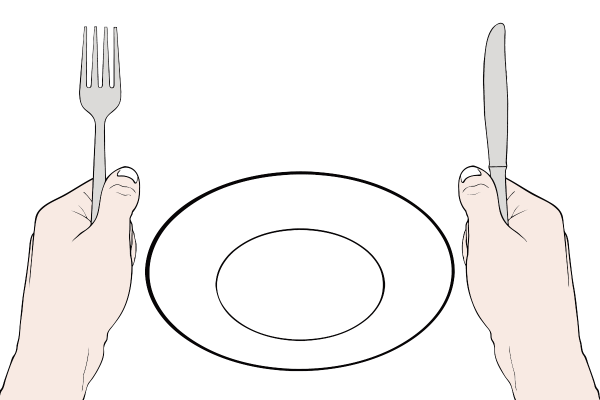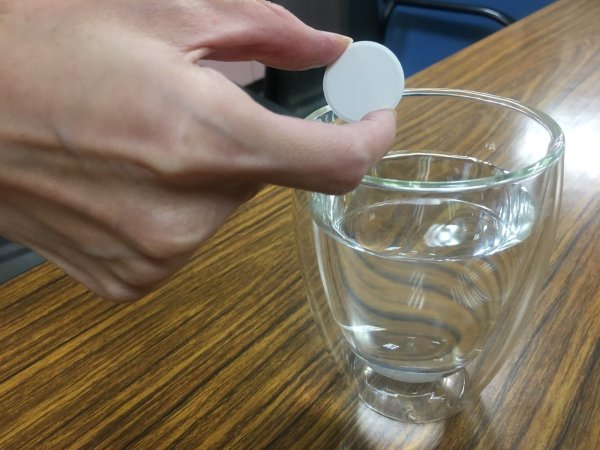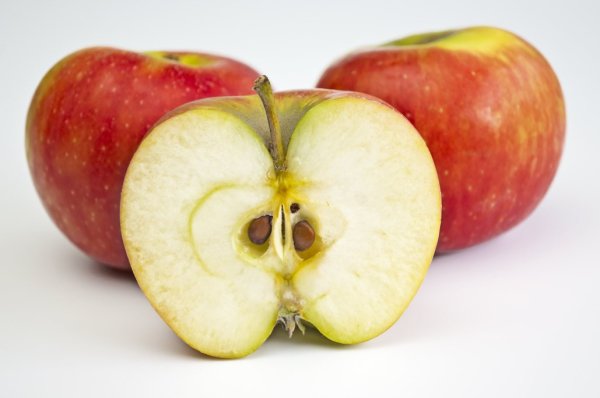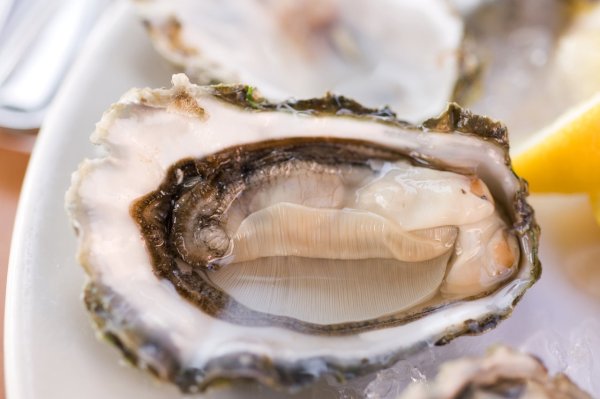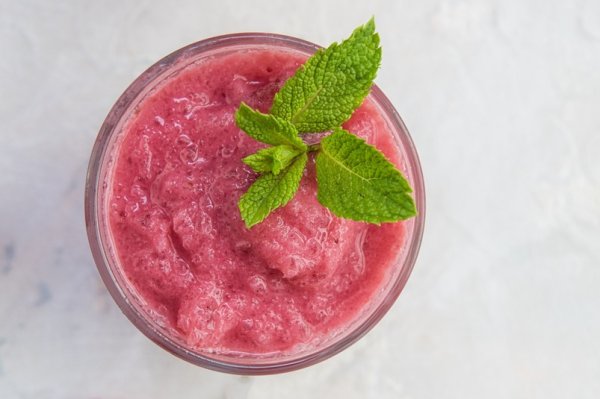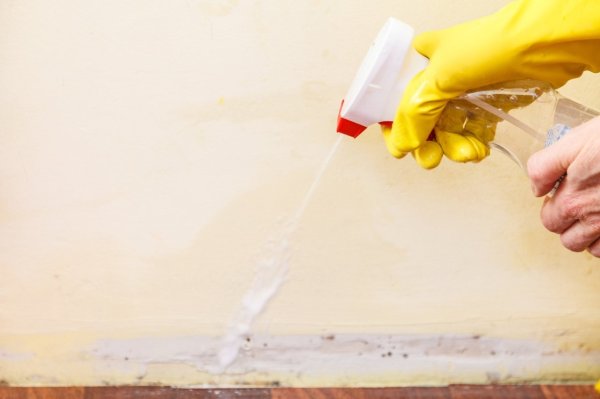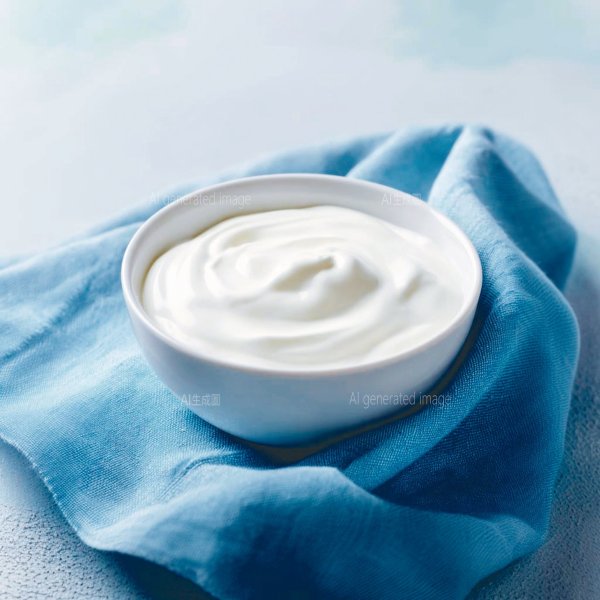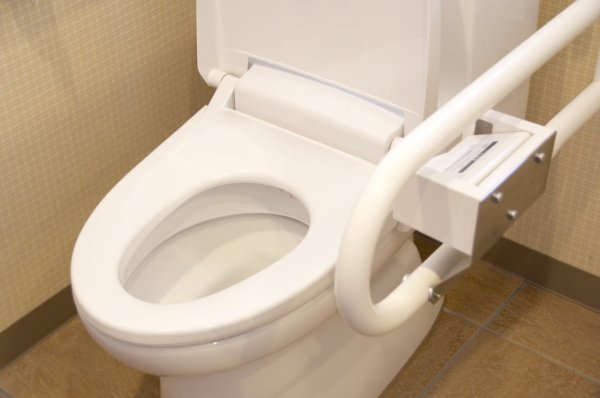How to avoid wood cutting boards from getting contaminated with food slags and odors? The first action to use helps improve
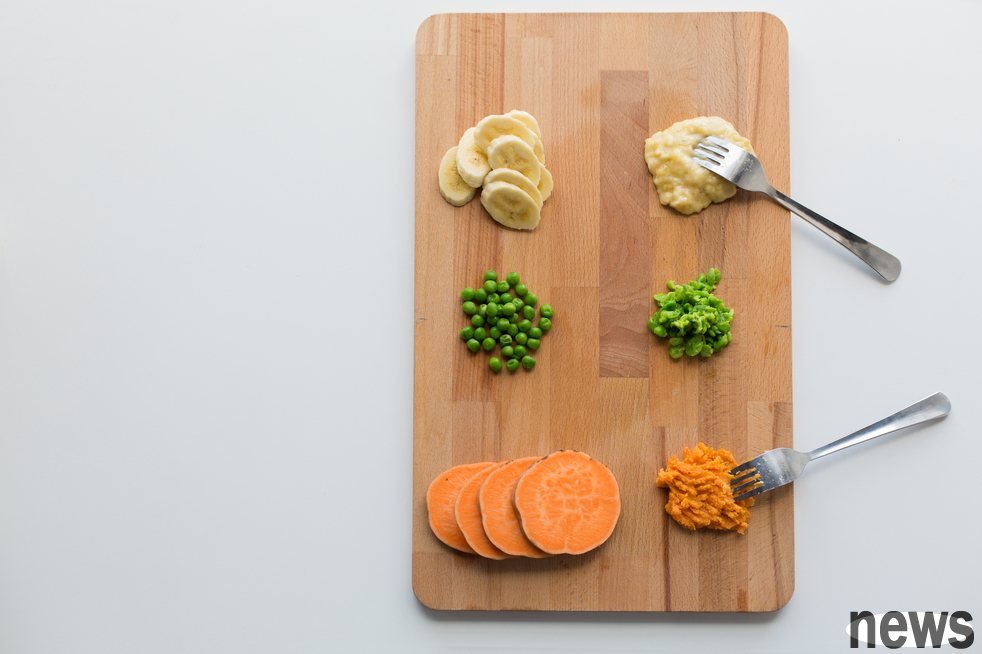
The chopping board is one of the dishes you will use every time you cook. After each use, a lot of dirty things will be accumulated, especially the wooden chopping board. Once the dirty things are stained, it will become very numb to remove them. Is there any way to help improve?
How to make the chopping board less likely to get stuck?Because once the wood cutting board is penetrated by the grease, color or smell of the ingredients, it is difficult to clean. Therefore, before using the wooden cutting board, it should be slightly moistened with water to prevent the slag or grease from the ingredients from penetrated.
When the cutting board is wet, a layer of water will form on the surface, so that the oil and smell of the ingredients will not easily penetrate into the wood. After being moistened, just wipe it lightly with a cloth. Alternatively, you can use a wet cloth to wipe the surface of the cutting board.
Only spend some time before use, using water to make a cutting board can effectively prevent dirt and strange smell from sticking to the cutting board. This is a simple step that will not take too much time before cooking.
The advantage of wooden cutting boards is that the tool is not easily damaged and the hands are not easily tired when used. However, some people may choose plastic cutting boards because wooden cutting boards require careful care.
How to clean the chopping board to be clean?Clean immediately after using the cutting board to prevent the slag from staying on the surface and promote the reproduction of microorganisms. When cleaning, you can use dishwashers such as dishwashing agents or salad detergents, and use a light brush with a fine vegetable cloth to avoid using a steel brush to avoid scratching the surface of the cutting board. At the same time, it is not recommended to wash directly with hot water, because high temperature will cause the protein in the food residue to solidify, which will make it more difficult to clean. After cleaning, the cutting board should be placed in a well-ventilated place to dry to prevent mold. If additional disinfection is required, disinfect it with 75% alcohol or 200ppm of bleach. For example, when using commercially available 5% bleach, 40 ml of bleach can be added to 10 liters of clean water and adjusted. After disinfection, wash thoroughly to avoid the disinfectant from remaining and prevent the ingredients from being dyed.
It is worth noting that plastic or wood cutting boards will gradually get worn as they are used. Once the cutting board becomes too worn or grooves that are difficult to clean, it should be abandoned.


